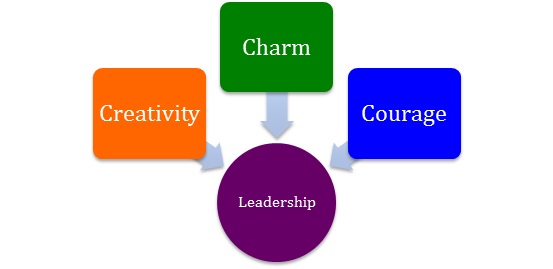Catherine Staite, Director of INLOGOV
It is universally recognized that England has the most centralised government in the western world. This is the result of many years of effort on the part of successive Conservative, Labour and Coalition governments. Motivations have varied between different governments but some key drivers have operated for the past 30 years.
Ideologically motivated governments don’t like power to rest with anyone they can’t control, including other parties or dissident factions within their own party. Even when the centralising motivations are more benign, for example, the avoidance of ‘postcode lotteries’, the results are rarely better.
Self-belief trumps evidence and makes governments vulnerable to airport book management gurus. For example, ‘Nudge’ theory is not the magic key to changed behaviour and reduced demand for public services. There is a wealth of evidence about how a variety of approaches, applied coherently and intelligently, can have a significant and lasting impact on behaviour. To understand that, politicians would either need to read more than one book on their holidays or commission some research.
Centralisation creates a trap for central government because, by controlling so many aspects of local services, they set themselves up to fail. If they claim the ability to solve all ills, they become responsible for all ills. Central governments make disastrous micromanagers in spite of misplaced confidence in their superior intellect and technocratic abilities. They may take a helicopter view of a complex system and believe that by tinkering with one part of the system they can resolve all the problems within the system. The result is inevitable; a myriad of unintended consequences that then drive more centralized tinkering. The numerous attempts to integrate health and social care demonstrate how helicopter-height theory doesn’t survive contact with ground-level cultural, professional and financial realities.
Centralisation disempowers local government and reduces its ability to work innovatively and creatively with the wider local public sector, business and community partners. The apparent empowerment, purportedly offered by policy or statute, is continually undermined by the constraints of the parent/child relationship characterised by regulation (‘my house, my rules’) as well as messy and inequitable funding arrangements (‘no you may not have more pocket money’).
But are these long established patterns of structural, functional and psychological centralization about to change? Talk of devolution and financial independence may lead you to think so – but think again. The underpinning relationship is still parent/child, as highlighted recently by Analysis on Radio 4 .
Now, some local authorities are making matters worse by demonstrating plenty of dysfunctional behaviour of their own, in the form of sibling rivalry. The mantra, ‘its not fair’ is used by many local politicians – about the actions of the county, the neighbouring unitary or by the next door district. True, there is plenty of unfairness built into the system but there is no hope of resolving that while different parts of the sector are engaged in internecine battles that only result in more inequity, more vitriol and more hostile takeover bids driven by more by narrow interests than the creation of public value.
Many local authorities do demonstrate heroic and commendable behavior, collaborating and supporting each other. Even the best of them find it hard going in the face of so many systemic challenges. Local government is too complicated. There are too many local authorities, capacity is spread too thinly and the costs of democracy are too high. Piecemeal tinkering, in the form of small-scale reorganizations, minor changes to functions and governance, spin-offs and bolt-ons, have only made matters worse. This has been going on for so long that everyone now takes it all for granted – but it’s not inevitable. Some grown up actions would put local government on the road to adulthood and more in control of it’s own destiny.
- Establish a cross party commission to review all the key drivers for financial and structural change in local government. Perhaps the LGA, SOLACE and CIPFA could work together to set up a commission.
- Agree Terms of Reference – ideally to be driven by evidence and the public good and as bold, radical and creative in their recommendations as possible, to;
- Design a new geography – that combines economies of scope and scale with recognizable places. It won’t be perfect because there are always borderlands but it will at least be underpinned by some design principles, as opposed to the current system which is the creature of a series of historical constructs and the intermittent application of political whims.
- Design a new geometry – that enables local authorities to have much greater impact on all the ‘wicked’ issues – from low educational attainment to obesity – which are at the root of many of the relentless and unsustainable pressures on public services. This geometry could include flexible, integrated governance arrangements, ranging from large clusters of councils tackling the infrastructure challenges (let’s call them Combined Authorities), to neighbourhood level engagement which co-produces solutions to local issues.
- Design a new funding model – with a system of income generation and redistribution, that combines maximum autonomy with maximum equity, agreed and managed by local government for local government.
If we do what we’ve always done, we’ll get what we’ve always got – a messy, sub-optimal system of local government riven by in-fighting and self-interest. If local government continues to divide itself, it will always be ruled by others.

Catherine Staite is the Director of INLOGOV. She provides consultancy and facilitation to local authorities and their partners, on a wide range of issues including on improving outcomes, efficiency, partnership working, strategic planning and organisational development, including integration of services and functions.



